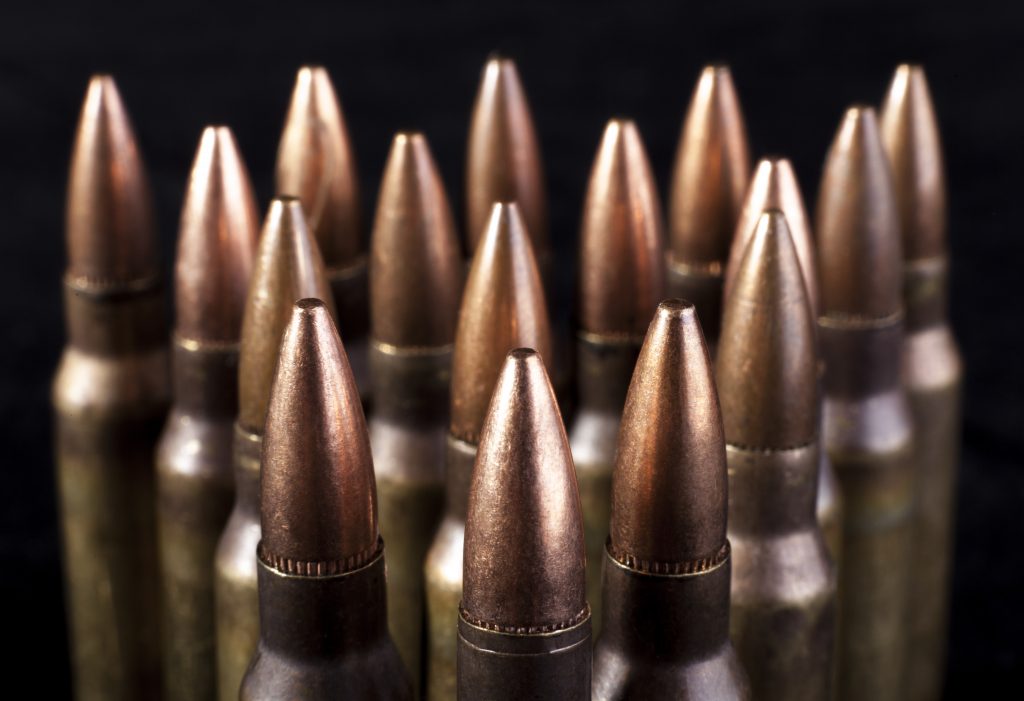RELOADING SAFETY TIPS
1. Be Aware, and Careful at all times, reloading can be dangerous if distracted and not paying strict attention. Always wear safety glasses when reloading.
2. Keep powders and other combustible materials separate from each other, avoid other sources of ignition. NO SMOKING near powders and reloading work area.
3. Keep out of the reach of children, use lockable storage for powders, primers, and other reloading components.
4. Store powders in its original container, label powders correctly, DISCARD powders that are old or of unknown origin. DO NOT MIX DIFFERENT POWDERS IN SAME CONTAINER!!
5. Clean up powder spills right away. Use damp cloth or brush and dustpan. Using a vacuum can turn it into a bomb. Keep waste powders watered down until you can safely disposed of.
6. Develop a consistent routine of reloading safety procedures that incorporate “Safety Mindset” each step of the way. Avoid distractions when reloading, No T.V. and if visitors stop by, stop the reloading process, unless instructing on reloading. Consistency and uniformity is crucial to reloading safety.
7. Use only one powder and bullet at a time, in front of you when actually reloading. This will prevent mixing components together. Double check your load data of powder type, bullet and weight, and charge amount before proceeding.
8. Inspect your brass cases and projectiles with a magnifying glass(Loupe) for cracks, splits, deformities, foreign matter, etc. Use a clean towel to wipe away oils and dirt.
9. Because each rifle is different, work up loads from a powder weight 5-10% lower than the recommended maximum charge weight, watching for excessive pressure signs; sticky bolt extraction, flattened, cratered, or blown out primers, gas leaks or unusual muzzle blast and recoil, etc. If any of the signs are present, reduce loads by .5 to 1.5 grains, or consider changing powder brand.
10. Check often your weighing process of powder charges: if you use a balance beam scale, recalibrate the scale every 5 charges. If you use an electronic scale then double check its accuracy against a balance beam scale every 5 charges.
11. When charging powder into cases ALWAYS INSPECT cases to avoid double charging or overfilling. Use a flashlight to inspect each case. Never exceed maximum recommended loads. Do not trim cases too short, and after seating bullet, check the OAL (overall length) of cartridge to ensure that each cartridge has not fallen excessively below minimum seating depth, to avoid excessive pressures. Do not attempt to decap live primers from brass; rather shoot primers in a firearm SAFELY prior to decapping primer.
12. Keep complete and detailed records of handloads that are accurate and work for the particular rifle you are reloading for. Look for any changes in the performance of your special loads (Pressure Signs) and be prepared to rework the load if any of the components change. Powder lots or bullet weights, etc.
13. Do not leave powders or primers in the reloading press dispensers or in the work area after reloading is completed. Store in their proper containers and put back in their place. Keep newly reloaded cartridges wiped clean, oil and dirt free, properly Labeled/Stored/Packaged, and ready for firing.
14. REMEMBER; ALWAYS “WORK UP” Powder Charges in .5 INCREMENTS to the Optimum Load, realizing that maximum loads RARELY produce the ultimate accuracy youâre looking for. But lead to Excessive Pressure signs, and Dangerous Shooting Conditions!
When I wrote costly, I didn’t mean not on sale, of course.
Remember: Reloading Safety is YOUR Primary Concern in the Reloading Process. Please develop a Consistent, Repeatable,
and SAFE Routine and the best work instructions.
